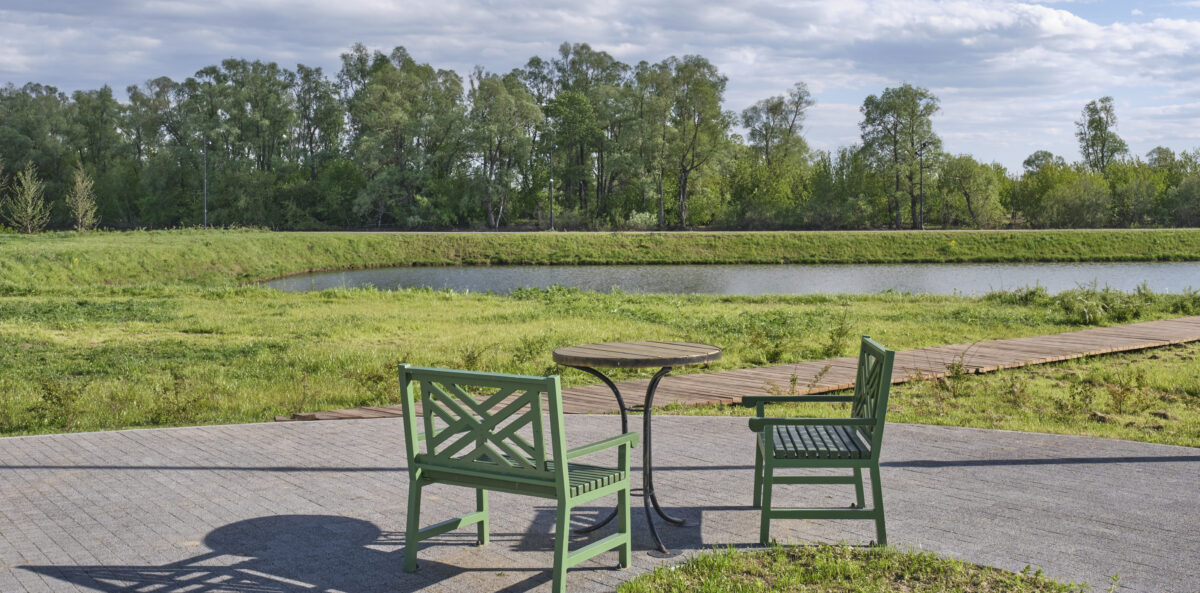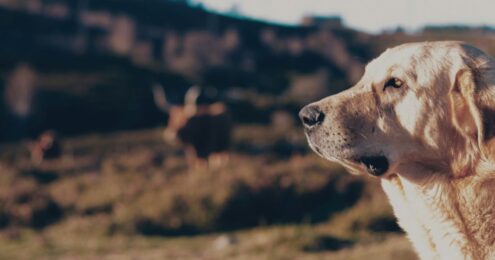According to a recent NY Times/Siena College survey, 64% of Americans have little faith that our polarized world will change. They don’t believe that this polarization can be overcome.
I’m not naive – it’s a tough time, especially for those advocating or providing direct service for marginalized communities, those working in the climate change space, and the reproductive health space, just as examples.
Nope, I’m not naive. But I see evidence every day in my work with clients and with Nonprofit Leadership Lab members – evidence that gives me hope that we can find our way where our common humanity is the order of the day.
We just need to talk to one another.
If we are unable to talk to anyone but those who stand with us, how do we move the needle? How do we change hearts and minds?
And change them we must.
Today, I’d like to introduce you to two people who fuel me with that hope and, in these stories, offer an important lesson for nonprofit leaders.
Two weeks ago, I interviewed Garrett Cathcart, a military veteran and co-founder of +More Perfect Union, for my podcast, Nonprofits Are Messy. He has volunteer groups nationwide who bring folks together in a community for social gatherings, civic engagement, and service projects. The key is that these folks are not ideologically aligned. They just get to know one another through these local engagements. His organization has been funded by Ford, and Stanford is engaged in working to quantify the impact this kind of engagement has.
I found Garrett’s work both hopeful and instructive (two of my favorite things).
Next, I came across a blog penned by Cassie Brown, a PFLAG chapter president from rural Missouri. It aligned beautifully with the spirit of Garret’s work. I’ve never met Cassie, but I read a particular post and thought, my readers need to know about this post.
It is the story of a Pride picnic in rural Missouri. A picnic with protestors.
Cassie gave me permission to offer you a few excerpts from this post, which was called (powerfully) When You Stop To Eat.
Cassie, as an organizer, was alerted to the presence of the protestors. The presence of protestors at a Pride picnic in rural Missouri is not unexpected, but the story of how an attendee, a wise woman in her sixties, engaged with those protestors was uniquely powerful. This woman was not new to protestors and has been one. Cassie writes:
She is not afraid to approach those who picket Pride events. She makes it a kind of loving-kindness practice. She told me she had gone out onto the edge of the parking lot to meet them and see what they were about.
“They just wanted people to know about Jesus,” she said. “I thanked them for it. They weren’t hateful at all.”
She’s a regular churchgoer in her home community, so was comfortable with Jesus language.
“I asked them,” she continued. “If they had had any water. It’s a hot day.”
I smiled when she said she had taken them some water.
“Do you know if they’ve eaten?” I asked.
She and I went to the parking lot to invite them to share our food, if they were hungry. If they were willing. It was hot, and they had been out there, at that point, for several hours.
One was dressed neatly, carrying a personal study Bible in a nameless dust jacket. The other could have just gotten off of work from any farm or rougher blue-collar job, wearing work boots and layers of farmer’s tan, graced by new redness.
“Have you eaten?” we asked. “We have lots of food. Burgers. Hot dogs. Chips.”
They exchanged a wordless look. The mention of food obviously lit them both up, but there was a hesitation. A pause.
The first man mentioned that he had to leave soon but admitted as he’d missed lunch amid all the day’s events. The other rubbed the back of his neck, in the traditionally awkward redneck gesture which means something like, “I’m trying to find the polite way to say something.” He settled on, “I could eat.”
I think that moment held a question. It was nothing so silly as “will eating with them make me gay?” It was more along the lines of, “who do we become to each other if we eat together?”
The first man told us that some people had revved their trucks at them in the parking lot to blow smoke on them. The second man said, “we hope we didn’t make anybody feel hated or afraid… we just know that there isn’t usually a big church presence at these things. We wanted people to know that God loves them. To hear that.”
I nodded.
I could have told them about the hatred that many of my queer and trans friends have had spewed at them from pulpits from an early age. I could have told them about the way that hatred wraps itself up in God’s name in Jefferson City, so smooth and easy, making concern sound so reasonable and righteous you could almost nod along with it. The pleas to “love the sinner and hate the sin” that break apart hearts and minds and families…
… Instead, I said, “We really have a lot to eat, and we’d love to share.”
And they walked with me. They graciously put down the sign—the kind of posterboard trifold used for science fairs—which was covered in sideways red marker with so many slogans that it was overwhelming. I didn’t read them.
We stood in line together. The first man—with the Bible and the clean shirt—looked at me fondly for a minute before he said, “you remind me of my sister.”
And he told me personal details about a person who might as well be me, except driven further away from her family now. I made my guesses about her; some of them turned out to be correct.
They ate and drank quickly, and we all walked back out into the parking lot together.
The first man asked, “can I pray for something for you?”
My queer friend and I had already told them that we were people of faith, so it wasn’t an awkward or unexpected one.
But it was still a tender question.
If they were afraid when I asked if they would share our food, I admit, I was afraid when they asked if I would share their prayers.
“Yes, please,” I said, and I told him the name of someone I was praying for and why. The two young men and I bowed our heads beside their car in the park, and the man with the Bible spoke freely and confidently.
“Lord, we ask Your blessing on all who are gathered today. Keep them safe, Lord. Bring them joy in their togetherness and give them all awareness of Your love. We ask that you bless and keep Cassie. Give her Your wisdom, Lord. And let her feel Your love. Help Cassie to walk each day more in Your ways. And give her that peace, Your peace, that surpasses all understanding.”
There was certainly more, but that was the bulk of it. None of it was hurtful or ungracious. None of it asked for anyone to change or become straight. And it began with a prayer for the Pride event and our safety.
My amen was heartfelt and humbled.
I mentioned at the start that there is a lesson in these stories for each of you as nonprofit leaders. How can YOU reach out beyond your bubble and begin to cultivate and nurture relationships in a new and different way? Can these stories help ignite some new ideas in your organization about talking to those who may stand in a very different place with regard to your work?
It’s food for thought, isn’t it? I think it’s an exercise worth considering. Engagements led by folks like Garrett and Cassie make you hopeful, don’t they?
What might be possible in your organization? Can this post be a catalyst for a conversation about how you might approach those who disagree in a different way? I believe it can, and I believe that stepping into this territory on the hunt for common humanity should be part of the hard and important work you do every day.
These two folks and their work give me hope, and I wanted to share some of it with you today – to ignite it in each of you because I believe that hope is kindling for change.



